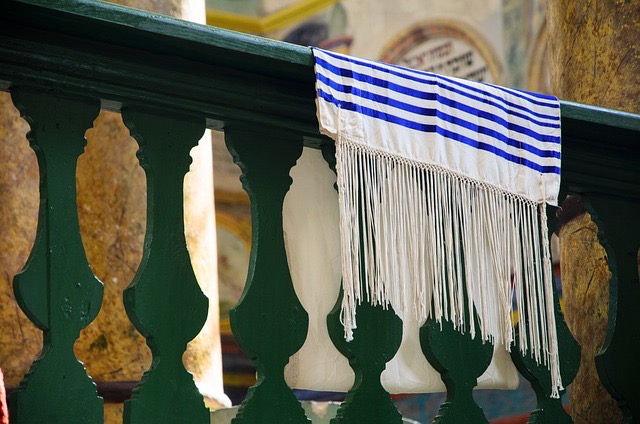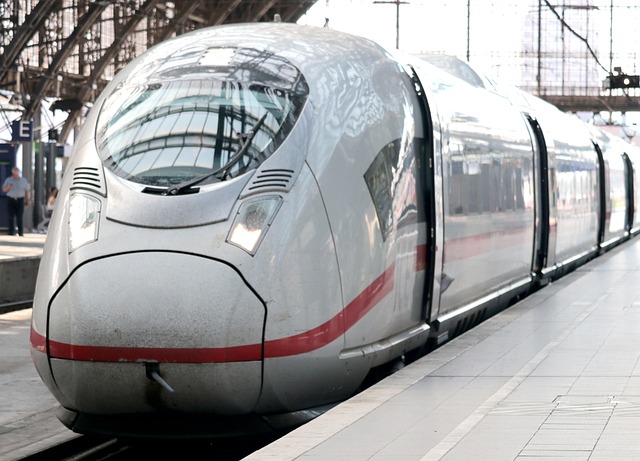In the heart of Munich’s Gärtnerplatz district, the Reichenbachstraße Synagogue stands as a testament to resilience and renewal. Constructed in 1931 in the Neue Sachlichkeit (New Objectivity) architectural style by Gustav Meyerstein, it originally served the city’s Eastern European Jewish community. Remarkably, it is the only synagogue in Munich to have survived the Nazi era, albeit suffering damage during Kristallnacht in 1938 and subsequent bombings in World War II. Restored in 1947, it became the main synagogue for Holocaust survivors and the reestablished Jewish community in Munich.
After the inauguration of the new Ohel Jakob Synagogue in 2006, the Reichenbachstraße Synagogue fell into disuse and disrepair. Recognizing its historical and cultural significance, Dr. Rachel Salamander and attorney Ron Jakubowicz founded the Synagoge Reichenbachstraße e.V. in 2013 to spearhead its restoration. Their mission: to return the synagogue to its original 1931 condition and repurpose it as a vibrant cultural and educational center.
The comprehensive restoration project, supported by federal, state, and municipal funds, as well as private donations, is slated for completion in 2025. A notable highlight includes the installation of handwoven textiles by Bauhaus artist Gunta Stölzl, generously donated by her grandson, to adorn the Torah ark.
Upon reopening, the synagogue will host a range of activities, including guided tours, concerts, and lectures, aiming to foster dialogue and understanding among diverse communities. This initiative not only preserves a vital piece of Jewish heritage but also reinforces Munich’s commitment to cultural inclusivity and remembrance.




